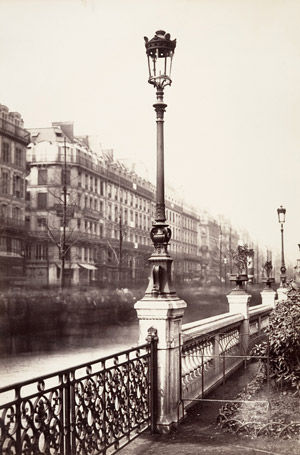When people visit cities, they go to see it's sights. People travel to New York to see the Empire State and Paris for the Eiffel Tower. So, I thought regardless of what city I go to, to take photos, I want to take photos of the buildings that make up the city. And maybe the sights people go to see.
I have been looking at lots of photographers for this project in order to gain some more inspiration for my concept. A lot of which we were shown in a recent lecture. Photographers like;
Alvin Langdon Coburnn.

Alfred Stieglitz.

I have also been really interested in Charles Marville's photography. I like the contrast in his photos, for some reason I think the print of his photos have a strong atmosphere of the city.














